
We know that as human activity warms the planet, global sea level is rising. We know that about 2/3 of sea level rise so far has come from melting ice. But how do we know this? We can measure it from space.
#SeeingTheSeas
#SeeingTheSeas

Sea level isn’t uniform around the planet. Tides and currents, the density and temperature of water, and landforms can affect where the ocean piles up. We know this because we measure the shape of the ocean using radar altimetry.
go.nasa.gov/3n0EpGB
go.nasa.gov/3n0EpGB

Altimetry works by bouncing radio waves off the ocean surface and timing how quickly they return. Then comes the next challenge: Calculating the natural and seasonal changes in ocean height to determine how much more global warming has made seas rise.
Altimetry helps us study a key driver of sea level rise, too. Using lasers, satellites like #ICESat2 measure the height of ice — and how it’s changing — to determine how much glaciers and ice sheets are melting into the ocean.
go.nasa.gov/3lanEs0

go.nasa.gov/3lanEs0
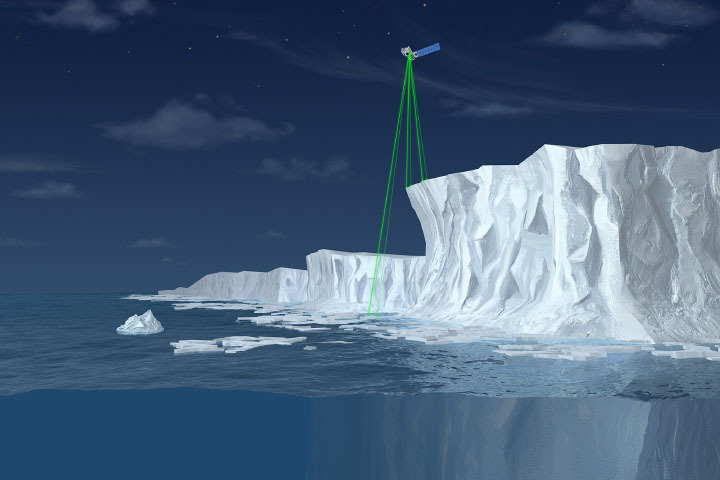

Understanding how much ice is being lost from Greenland and Antarctica requires more than just height measurements. Using satellites and Earth's gravity, we can “weigh” ice sheets and see how they lose mass over time.
go.nasa.gov/3k6zWQW
go.nasa.gov/3k6zWQW
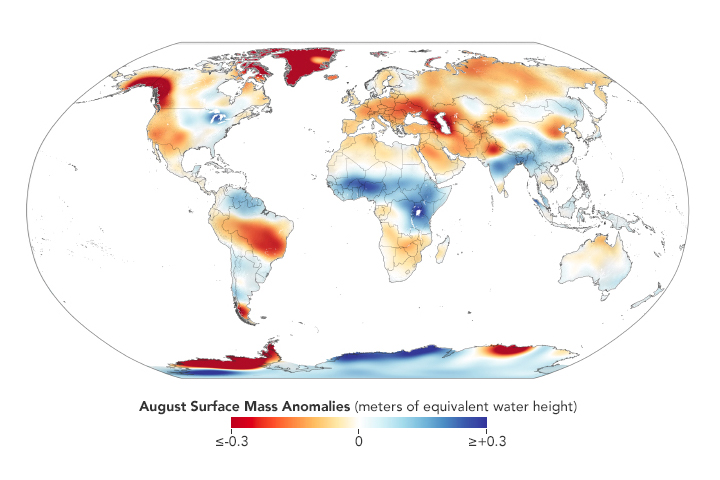
GRACE-FO uses two satellites flying in line together. As they pass over areas with more mass, the satellites separate a little, then pull back. Scientists can measure the changing force of gravity and figure out the weight of the ice. 
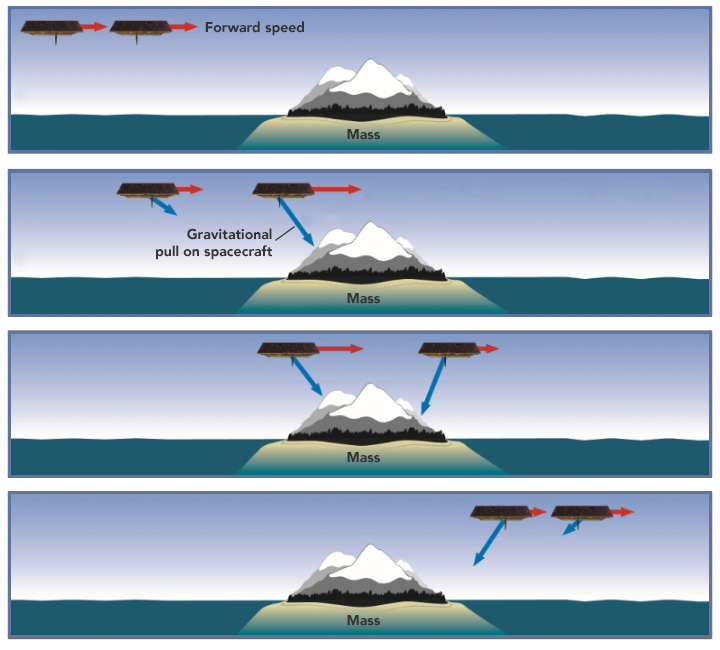
In some areas, the height of land is changing with respect to the sea, accelerating or delaying the effects of sea level rise. One way to measure land motion: time how long radio signals from different satellites take to reach a ground station.
go.nasa.gov/3n3aUnJ
go.nasa.gov/3n3aUnJ
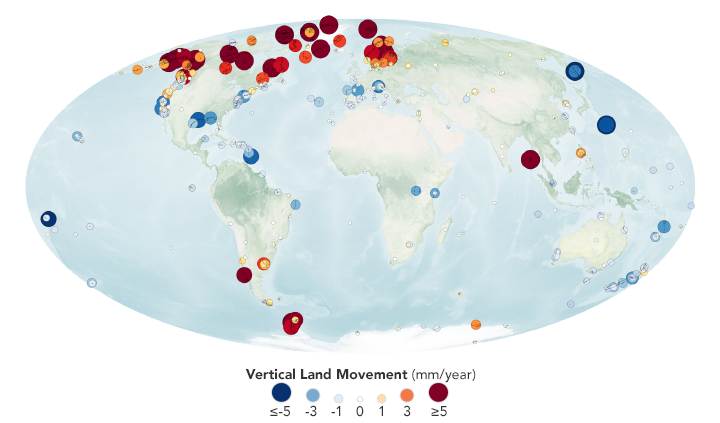
Another way to measure changes in land height is synthetic aperture radar. SAR uses microwaves to measure the shape and texture of Earth's surface. With two SAR passes, scientists can spot changes. @NASA and @isro are building a new SAR satellite now. 
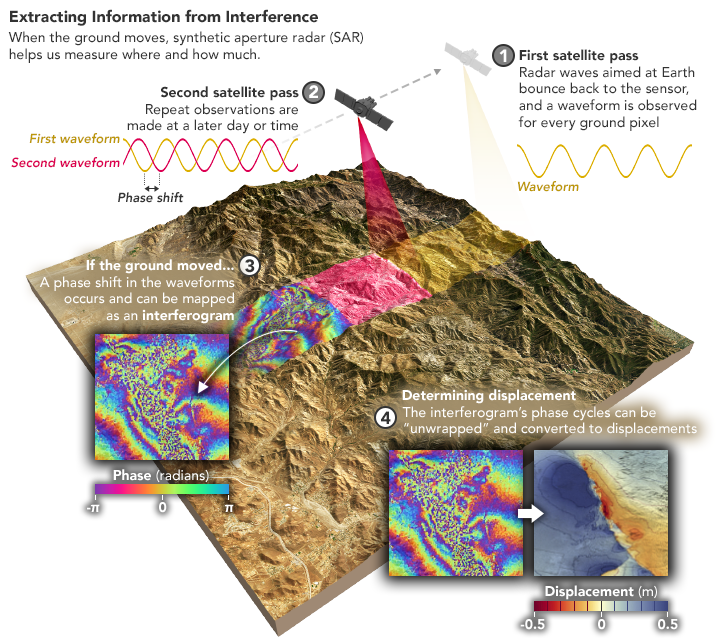
• • •
Missing some Tweet in this thread? You can try to
force a refresh









